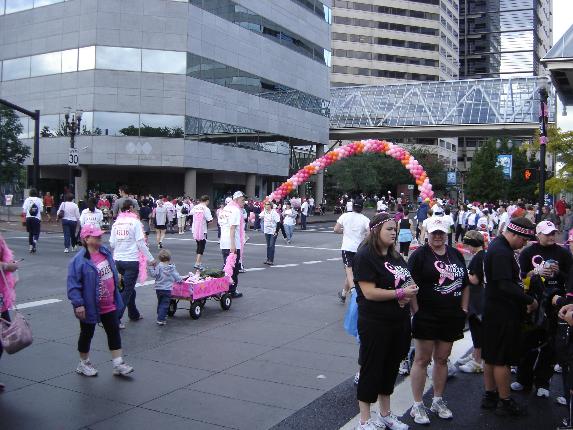John Shear
 Originally posted: http://www.thoroughbredtimes.com/national-news/2011/06/28/unsung-heroes-john-shear.aspx
Originally posted: http://www.thoroughbredtimes.com/national-news/2011/06/28/unsung-heroes-john-shear.aspx
By Allen Gutterman – Tuesday, June 28, 2011 6:35 PM
Eventually, the Hollywood movie industry will run out of comic book superheroes to salute. When they want the real deal, they need not look past local hero John Shear. Forget the fact that he’s 90 years old. Or 5’ 2” and 110 pounds. At Santa Anita Park, John Shear is megaman and everybody here adores him.
As the captain of the guards who protect the public from thousands of horses a year that amble between the paddock, the walking ring, and the tunnel to the racetrack, John has a short window to direct a very intense traffic flow of owners, trainers, jockeys, fans, and 1,000-pound horses. And 99.99999% of the time it all goes smoothly and John’s work barely gets noticed.
But not on March 12. On this day, a field of ten horses and ten caretakers were taking a spin around the walking ring before heading out to the track for the third race. Suddenly, Sea and Sage, a three-year-old maiden making the third start of his life, reared up, either spooked or just yearning to go back to his stall. He shook loose from his handler and darted to the opening that Shear was guarding.
At about the same time, a six-year-old girl visiting the track for the first time had strolled a few feet away from her parents to get a closer look at the horses. She was standing too close to the path that, in a second or two, would be Sea and Sage’s route home.
John warned the crowd that a horse was loose, then dropped his rope and instinctively ran to grab the young girl.
“I saw the horse coming very fast at about 40 miles an hour and it was very scared,” Shear remembers. “When it was about 15 feet away, I pushed the little girl down to the right of me, got her out of the way, and the horse just hit me.”
Sea and Sage rammed into John’s shoulder. His pelvis was fractured, multiple bones were broken, his arm was cut open, and so was his face, leaving him in critical condition, a bloody, bloody, black and blue mess inside and out. That night, John became one of the lead stories on all the Los Angeles news stations. That night, too, everyone who worked and lived at Santa Anita prayed for John. And so did the little girl and her mother and father.
There’s a happy ending to this story. John has convalesced. He is well into recovery. And he will be back to work. The city of Arcadia awarded him a key to the city. Santa Anita will hold John Shear Day on opening weekend of the fall meeting. At 90, he continues to defy anything logical you might believe about aging.
Self effacing as always and a gentleman forever, John told the tearful father of the little girl, “She’s six. I’m 90. I’ve already lived my life. She’s just getting started.”
Allen Gutterman is Santa Anita Park vice president of marketing







